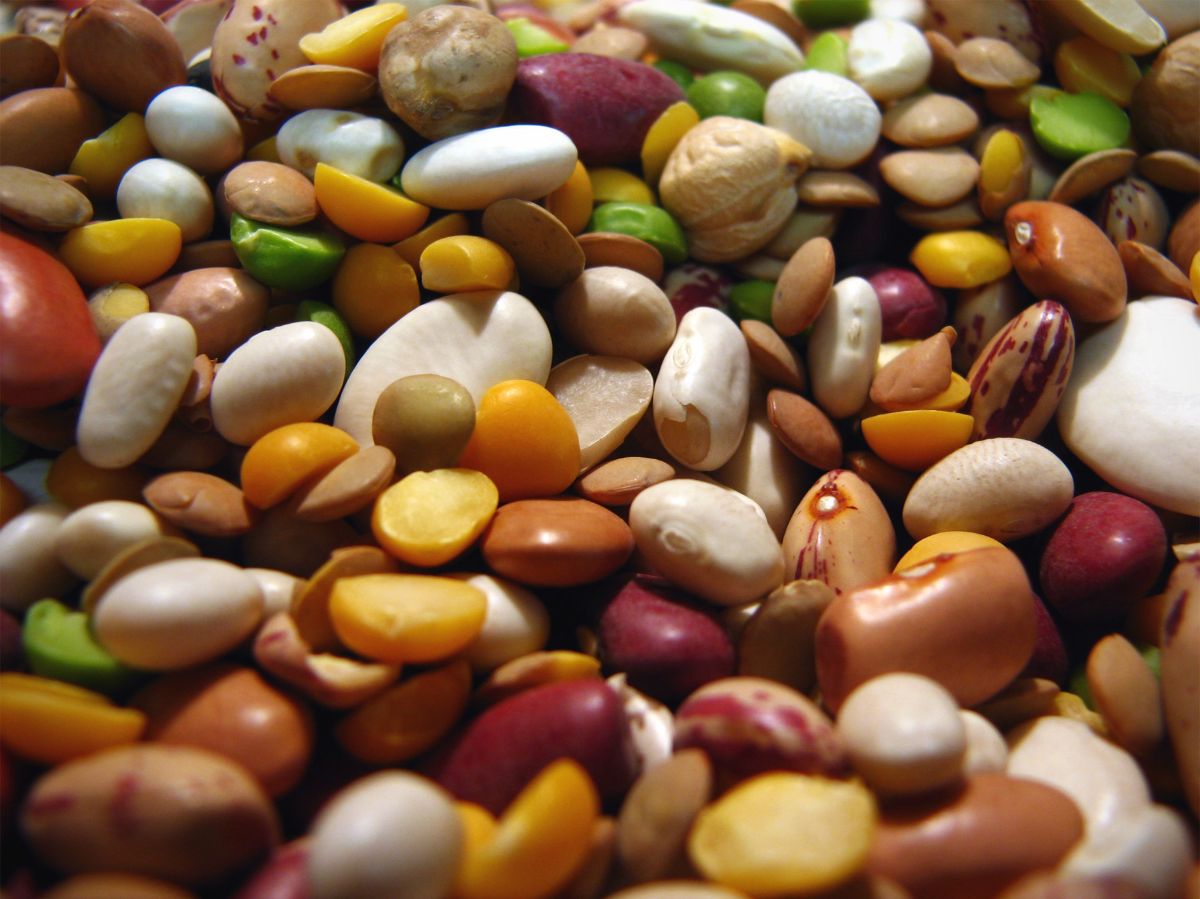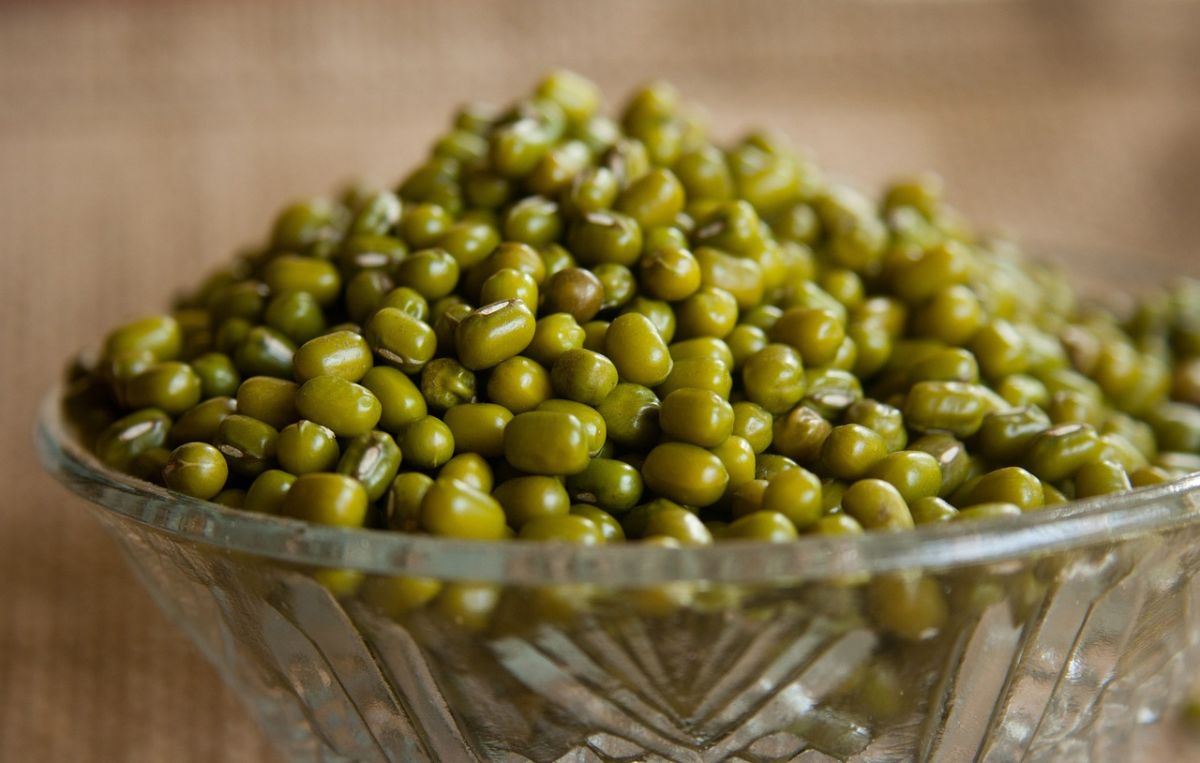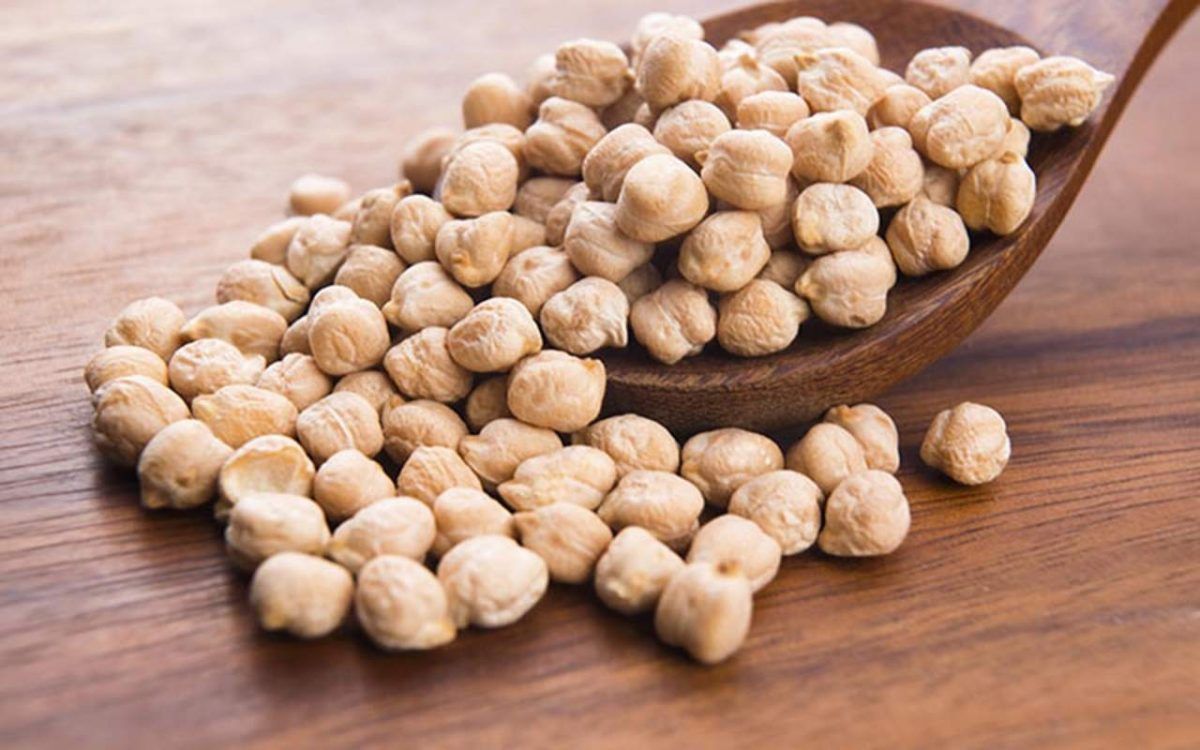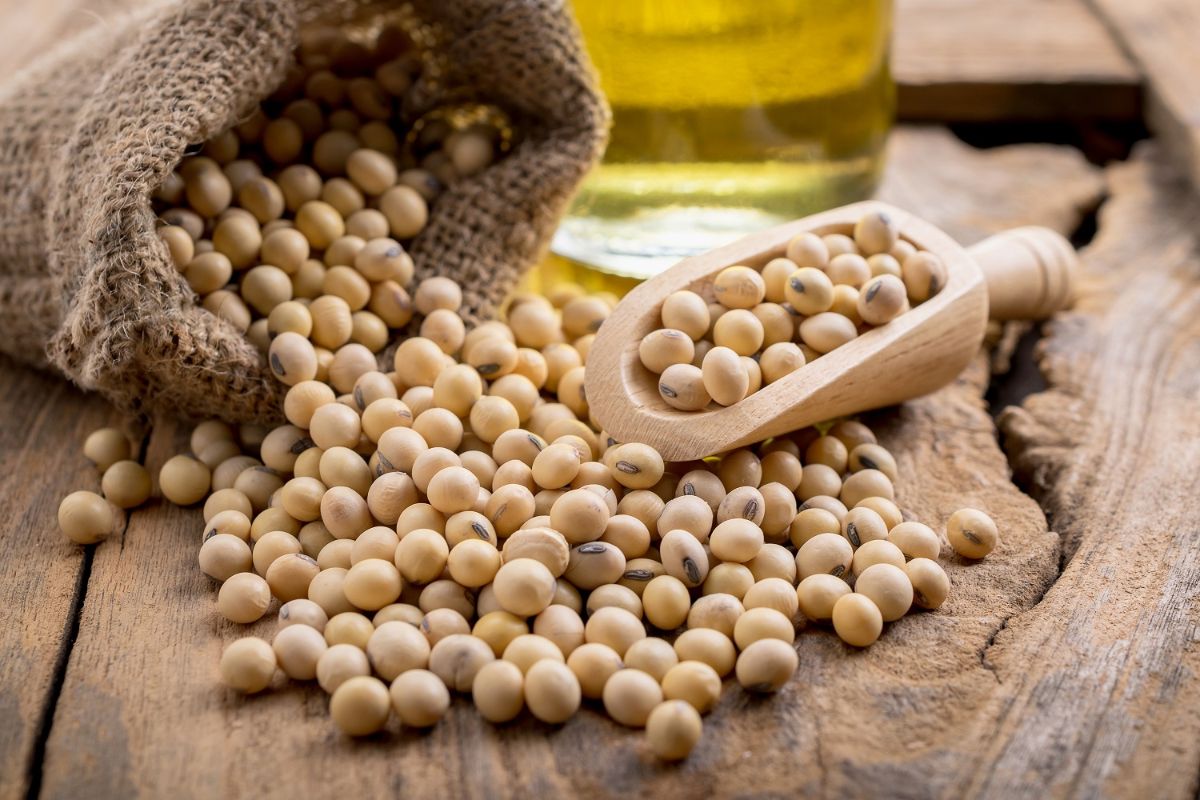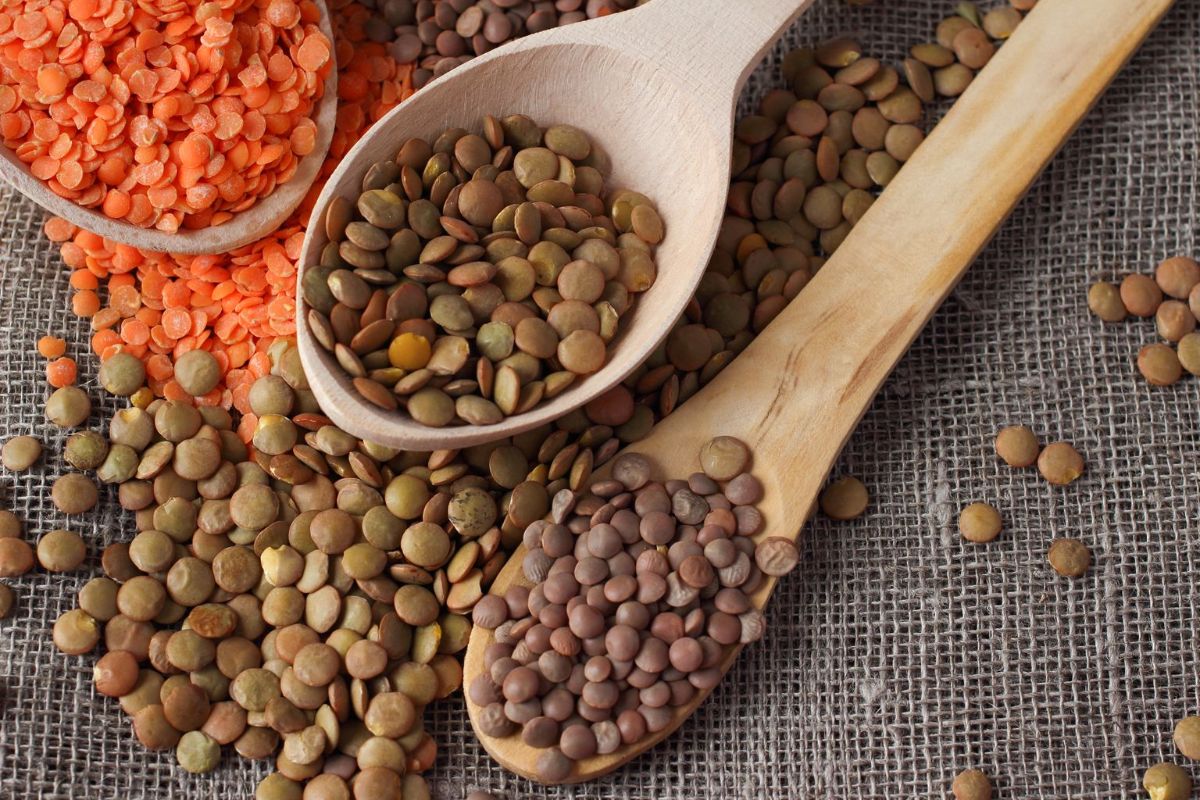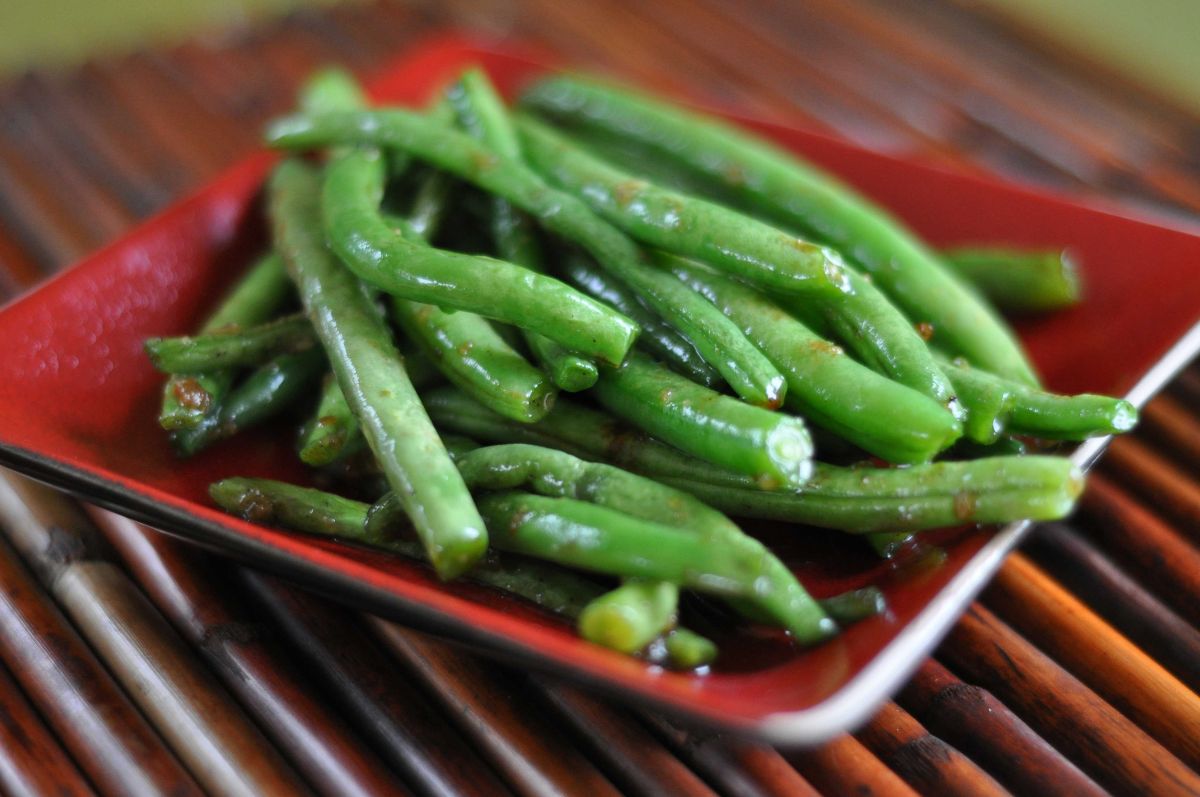How buckwheat is useful for the body — 5 scientific facts
Buckwheat is a popular dietary vegetable product, which is the main ingredient of many traditional dishes of European and Asian cuisine. Various dishes based on buckwheat or flour are widely used in cooking.
Due to its high content of minerals and antioxidants, buckwheat has beneficial properties for human health. It can improve the condition of the cardiovascular, endocrine and digestive systems, as well as help in weight loss.
Content
5 useful properties
The 5 main facts about the benefits of buckwheat for our body are described below (based on the evidence base).
1. Contains valuable substances

Buckwheat is a high–calorie product (about 343 calories per 100 grams), which contains The following nutrients:
| Component Name | Approximate percentage of the daily requirement (per 100 grams of cereals) |
| proteins | 13 % |
| fats | 4 % |
| carbohydrates | 28 % |
| dietary fiber | 63 % |
| Vitamin B1 | 28 % |
| Vitamin B2 | 9 % |
| Nicotinic acid | 30 % |
| potassium | 13 % |
| magnesium | 38 % |
| phosphorus | 32 % |
| iron | 27 % |
| manganese | 56 % |
| copper | 36 % |
| zinc | 16 % |
Each of the presented substances performs a unique function in the human body, for example:
- Dietary fiber - support the functioning of the gastrointestinal tract and improve digestion ;
- Manganese - ensures the growth and development of the whole body, regulates metabolism, is especially important for children;
- Copper - restores the conduction of the nerve fibers of the heart;
- Magnesium - reduces the risk of developing chronic pathologies of the endocrine and cardiovascular systems;
- Phosphorus - required to maintain Bone mineral density .
2. Reduces blood glucose levels
 Constantly elevated sugar levels are a serious disorder and gradually cause the development of type II diabetes mellitus.
Constantly elevated sugar levels are a serious disorder and gradually cause the development of type II diabetes mellitus.
Buckwheat applies belongs to the group of products with a low glycemic index. Consequently, after its use, there is no sharp increase in the concentration of glucose in the blood.
Numerous foreign studies demonstrate that buckwheat is even able to lower blood sugar levels against the background of type II diabetes mellitus. For example, according to the data Canadian experts, glucose concentration decreases by 12% 1.5 hours after ingestion and 19% after 120 minutes.
Assumed that the biological effect is based on the action of D-chiroinosite (d-Cl), which is part of buckwheat porridge. It affects the insulin receptors of peripheral tissue cells (muscle and fat), increasing their sensitivity to insulin.
The product affects the main pathogenetic mechanism of the development of diabetes mellitus – insulin resistance, which means that it can be used not only for therapy, but also for the prevention of type II diabetes mellitus.
3. Supports cardiovascular health
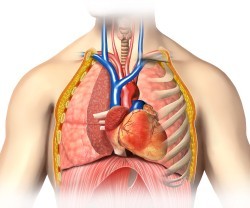 Buckwheat contains a number of biologically active substances that have a positive effect on the condition of the heart and blood vessels.
Buckwheat contains a number of biologically active substances that have a positive effect on the condition of the heart and blood vessels.
For example, routine, according to information Chinese experts, causes a decrease in blood pressure, inhibits chronic inflammation in the walls of blood vessels and blocks the deposition of cholesterol crystals in them.
American scientists underline that people whose diet is rich in routine are significantly less likely to have thrombotic and thromboembolic complications.
Also buckwheat normalizes lipid profile indicators – reduces the concentration of total cholesterol and its atherogenic fractions (LDL, VLDL, TAG). As a result, the rate of formation of atherosclerotic plaques on the walls of arteries decreases, the risk of atherosclerosis and associated clinical conditions (coronary heart disease, myocardial infarction, stroke) decreases.
The inclusion of buckwheat in the diet leads to a decrease in the overall cardiovascular morbidity.
4. Improves bowel function
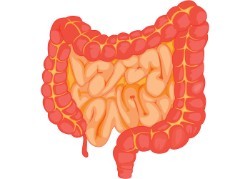 Buckwheat is rich resistant starch
, which is a valuable dietary fiber.
Buckwheat is rich resistant starch
, which is a valuable dietary fiber.
Stable starch in unchanged form reaches the large intestine, where it serves as food for friendly microorganisms, which leads to a decrease in the number of pathogenic representatives of the microflora.
Experts from the Netherlands installed that during the interaction of intestinal bacteria with fiber special short-chain acids are formed. They support metabolism at the level of colonocytes, significantly reducing the risk of autoimmune disorders (ulcerative colitis, Crohn's disease) and malignant neoplasms.
Fiber also supports adequate motor activity of the intestinal wall, ensuring adequate passage of food particles, improves the secretory function of the liver and pancreas.
Buckwheat porridge is especially useful during pregnancy, when even the slightest malfunction of the digestive system can change the work of the uterus and the condition of the fetus.
5. It helps to lose weight
 Buckwheat is rich in proteins and dietary fibers, which play an important role in weight loss and maintaining body weight.
Buckwheat is rich in proteins and dietary fibers, which play an important role in weight loss and maintaining body weight.
Studies carried out under the supervision of specialists from the USA, show that the consumption of any high-protein foods leads to the rapid development of a feeling of satiety.
Such food leads to a rapid overflow of the stomach, as a result, the receptors of the mucous membrane of this organ are irritated, and the flow of nerve impulses depresses the hunger centers in the brain. As a result, a person needs less food over the next few hours.
Against the background of the systematic inclusion of buckwheat porridge in the diet, there is a decrease in the volume of adipose tissue in the body. At the same time, the effect is equally pronounced in both men and women.
Safety and harm
 Even buckwheat has contraindications and can harm a person in certain situations. Against the background of its use, side effects may develop. Among the most common are:
Even buckwheat has contraindications and can harm a person in certain situations. Against the background of its use, side effects may develop. Among the most common are:
- Dyspeptic disorders. Buckwheat is abundant in protein and fiber. Excessive intake of these substances into the body contributes to the activation of fermentation and putrefaction processes and the development of symptoms such as nausea, vomiting, bloating, excessive gas formation. Buckwheat is not recommended to eat on an empty stomach, as well as just before bedtime.
- Allergic reactions. Are caused by the sensitization of the body to individual proteins of the product. They can manifest themselves in different ways. Cases of cross-allergopathologies in the presence of body sensitivity to rice or latex have been described.
What are the types of buckwheat?
 There are several varieties of buckwheat that can be purchased on store shelves:
There are several varieties of buckwheat that can be purchased on store shelves:
- Kernels. is a light grain with whole grains. It is widely used for cooking porridges, soups, side dishes and other dishes.
- A section or a hole. These are crushed kernels. It costs 1.5-2 times cheaper, but stands out for a short shelf life.
- Flakes. Is obtained from ground and steamed grain. The flakes cook quickly, but contain significantly fewer nutrients.
- Flour. Represents ground grains. Dark flour is not usually used to bake bread, but it is suitable for making pancakes and pancakes.
- Green buckwheat. Is a raw kernel. It stands out among other varieties with a high concentration of biologically active substances in the composition.
- Buckwheat seedlings. They can be germinated independently or purchased in stores. Sprouted buckwheat always contains more nutrients.
It is better to refuse from buying instant grains (in bags). Partial heat treatment combined with subsequent long-term storage reduces the biological value of the product.
What is the best way to cook?
 Buckwheat is widely used in the culinary business. It is the basis for cooking porridges, which are perfectly combined with vegetables and fish.
Buckwheat is widely used in the culinary business. It is the basis for cooking porridges, which are perfectly combined with vegetables and fish.
There are many subtleties of proper cooking of buckwheat at home, which are presented below:
- Rinse the grains thoroughly, remove the unpeeled ones.
- Fill the buckwheat with water. Rinse all the grains, this will remove another part of the husk.
- Rinse the grains again and pour them into any enameled dishes.
- Add water. Ratio: 1 part buckwheat to 5 parts water.
- Bring the composition to a boil. Add salt (to taste).
- Simmer for about 5-10 minutes. The porridge will be ready when all the liquid has completely evaporated. The main thing is not to miss this moment!
Boiled buckwheat is the most useful way to consume the product. It is necessary to avoid taking undercooked grains – they do not reveal their taste and can disrupt the integrity of teeth. Buckwheat is also not consumed in its raw form.
How to use it correctly?
Buckwheat, as a side dish, goes perfectly with any meat dishes (poultry, veal, pork, beef) and fish. In combination with meat, it is usually served with gravy or hot sauces.
The product can also be used in conjunction with liver, onions and sour cream instead of sauces.
In the vegetarian menu, buckwheat is served with mushrooms, vegetables (pumpkin, carrots, broccoli).
Buckwheat goes well with any dairy products (milk, kefir, ryazhenka, varenets). To improve the taste properties, the addition of sugar is allowed.
Buckwheat is best consumed in the morning and in the daytime. In the evening, it can cause an overload of the gastrointestinal tract, which makes it difficult to go to bed. Buckwheat porridge is quite possible to eat every day.
Products based on it
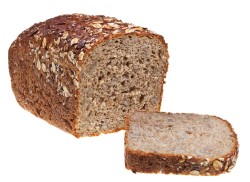 In addition to the classic buckwheat, the culinary industry produces a number of products made on the basis of ground buckwheat grains. Among them are:
In addition to the classic buckwheat, the culinary industry produces a number of products made on the basis of ground buckwheat grains. Among them are:
- Bread, loaves and rye bakery products (usually buckwheat flour is a secondary component, since it is impossible to bake bread purely from it).
- Noodles and pasta. Are in demand among gourmets, they have not gained wide popularity.
- Flakes. Are produced by steam treatment of grains. They are perfectly combined with dairy products.
Conclusion
Thus, buckwheat is an extremely useful vegetable product. It combines a lot of vitamins, minerals and other biologically active substances.
With regular use, porridge can improve the health of the digestive, endocrine, and cardiovascular systems, and provide significant assistance in weight loss.
